MOV vs. MP4 for Video Editing and Playback: Which One to Choose?
The decision between using MP4 or MOV video formats can be complex for users. Both MOV and MP4 serve as industry standards for digital video, but the choice depends on your specific needs, such as YouTube creation, disk storage, or social media sharing. Understanding the differences can help you choose the right format for your projects.
Understanding the MOV Format

Developed by Apple, the MOV file format utilizes the QuickTime File Format (QTFF) as its foundation. MOV files are designed for video editing software like Final Cut Pro and typically provide superior video quality. Optimized for macOS devices, MOV files seamlessly integrate with Apple’s ecosystem, including iPhones, iPads, and MacBooks.
Exploring the MP4 Format
MP4, short for MPEG-4 Part 14, is an international standard for video compression and storage. Known for its versatility, MP4 files are widely supported across various devices, operating systems, and online platforms. This format efficiently compresses video and audio data while maintaining good quality, making it an excellent choice for web streaming and sharing.
MOV vs. MP4: Key Differences
To help you decide, let’s break down the major differences between MOV and MP4 using factors that matter most for video creators and consumers.
1. Video Quality
- MOV: MOV files excel in delivering high-quality video. They can store multiple tracks for audio, video, and text, making them perfect for post-production and editing tasks. However, the increased quality results in larger file sizes.
- MP4: MP4 files strike a balance between quality and file size. While their compression reduces some detail, the difference isn’t noticeable in most cases, making MP4 ideal for casual and web-based usage.
2. File Size
- MOV: Due to minimal compression, MOV files are much larger than MP4s. This makes them excellent for professional editing but may pose challenges for storage and sharing.
- MP4: With highly efficient compression algorithms, MP4 files are smaller in size without drastic quality loss, making them more manageable for storage and quick uploads.
3. Compatibility
- MOV: MOV files are optimized for Apple’s ecosystem, which limits their compatibility with non-Apple devices unless additional software is installed.
- MP4: MP4’s universal compatibility makes it a truly device-agnostic format. It works effortlessly on Windows, Android, macOS, and online platforms like YouTube and Facebook.
4. Best Use Cases
MOV
- High-quality video projects requiring post-production editing.
- Suitable for filmmakers, editors, and video production teams working primarily on Mac.
MP4
- Videos meant for online distribution or offline streaming.
- Ideal for casual creators, social media users, and content distribution.
5. Streaming & Sharing
- MOV: The larger file sizes make MOV files slower to stream and harder to share, especially on low-bandwidth networks.
- MP4: MP4 files are designed with streaming in mind. Their smaller size and compatibility make them the go-to format for nearly all online platforms.
When to Use MOV
There are specific scenarios where MOV is the ideal format, including:
- Professional Video Editing: Because MOV files contain multiple audio and video tracks, they are perfect for editors who need granular control over their content. Studio software like Final Cut Pro or Adobe Premiere Pro handles MOV files exceptionally well.
- Apple Ecosystem Users: If your workflow revolves around Mac devices and Apple software, MOV files will integrate smoothly.
- Archive High-Quality Footage: MOV files can serve as the master copy for high-quality storage, retaining maximum detail for future edits.
When to Use MP4
MP4 takes the lead when users are looking for functionality over top-tier quality. Choose MP4 if you need:
- Effortless Sharing: Whether you’re uploading a video to YouTube or sharing a tutorial with a friend, MP4’s compatibility ensures that your file will play on almost any platform or device.
- Online Streaming: MP4 is optimized for web-based streaming on platforms like Netflix, Instagram, and Facebook.
- Storage Efficiency: Smaller file sizes mean you can store more files on your devices without worrying about available space.
Can You Convert Between MOV and MP4?

Yes, it is possible to convert between MOV and MP4 formats. Both formats use the H.264 video codec, making it relatively easy to convert between them without losing quality. Various online converters or software programs are available for this purpose, including Handbrake, VLC Media Player, and Adobe Premiere Pro.
However, it’s important to note that while conversion may be quick and easy, it does not necessarily mean that the converted file will play on all devices or platforms. Some older devices may not support the H.264 codec used in both MOV and MP4 formats.
It’s always best to use the native format supported by your device or preferred platform to ensure the highest quality playback. If you need to convert between MOV and MP4, experiment with different settings and codecs to find the best balance between size and quality for your specific needs.
Conclusion
Understanding the difference between MOV and MP4 formats is crucial for anyone working with video files. Both have their strengths and weaknesses, and choosing the right format depends on your specific needs and preferences. Consider factors such as compatibility, file size, and playback quality when deciding which format to use. Both MOV and MP4 can offer high-quality playback, but they may not be supported by all devices or platforms.
Related Articles
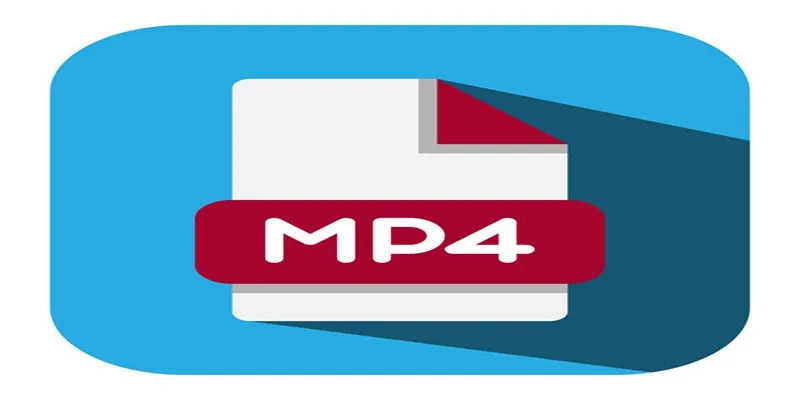
Choosing Between MP3 and MP4: A Guide to Quality and File Size

Effortless AVCHD to MP4 Conversion Without Losing Quality
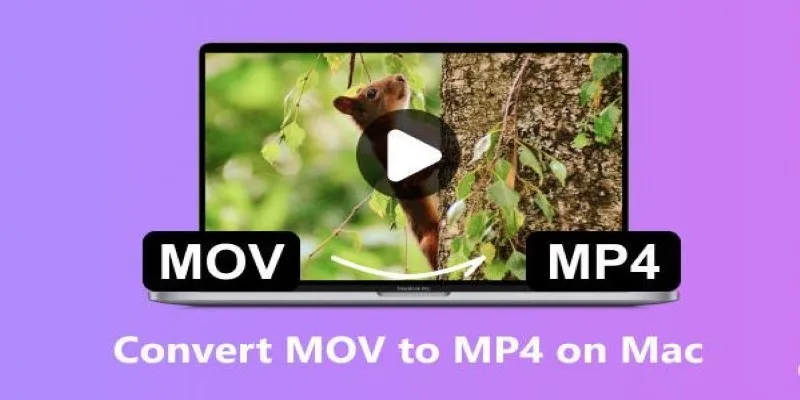
How to Change MOV to MP4 on Mac in 2025: 5 Reliable Methods

Top 7 Methods for Effortless MP4 to MOV Conversion

Top 6 Methods to Convert AVI to MP4 on Windows Easily

Everything You Need to Know About Converting to MP4

LightCut 2025 Review: The Best Video Editor for Android and iPhone

Top 8 Free Video Editors Reviewed and Compared in Detail

How to Effortlessly Convert MOV to MPEG and Vice Versa

HEVC to MOV Conversion Made Simple for Windows Users
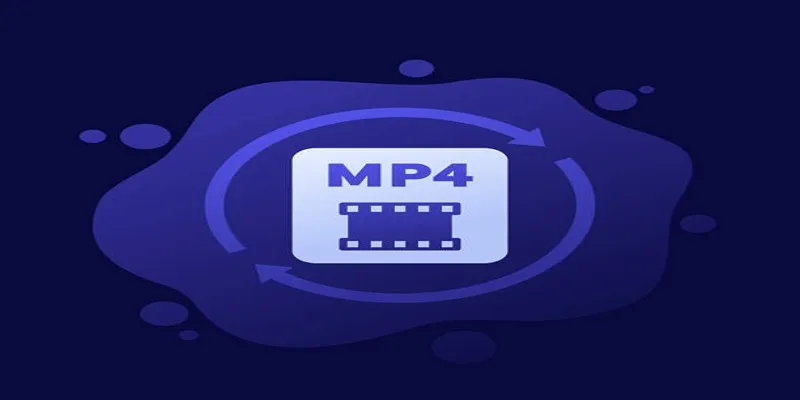
How to Convert MKV to MP4 with a Fast and Powerful Converter

Convert AVCHD to MOV on Windows Without Losing Quality
Popular Articles

Top Video Croppers to Resize Your Videos on Any Device

9 Excel Password Recovery Tools That Work

LumaFusion: Pro-Level Video Editing from the Palm of Your Hand

What Is the Best Cap Table Management Software for Startups?

How to Disable Right-Click on Your WordPress Website
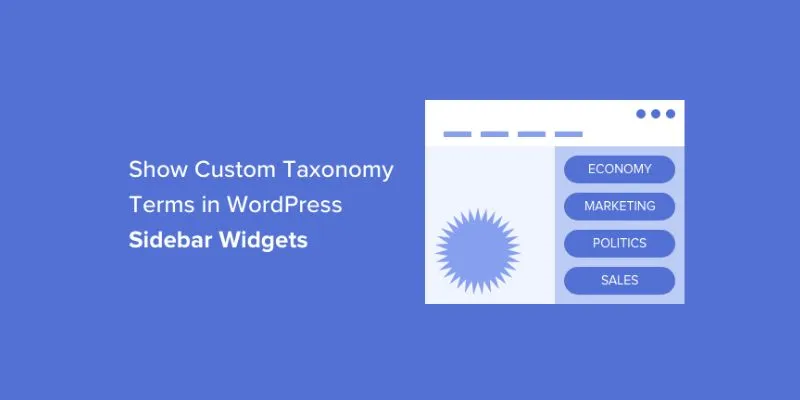
How to Display Custom Taxonomy Terms in WordPress Sidebar Widgets: A Guide
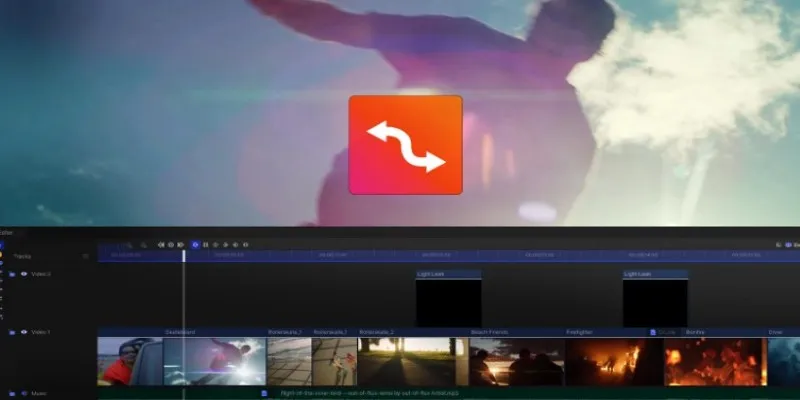
Smooth Slow Motion Editors: Top Tools for Phone and Computer
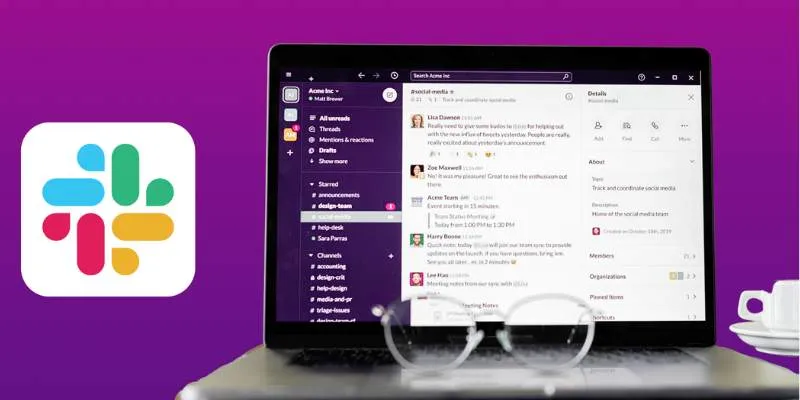
Top 10 Slack Automation Ideas to Boost Workflow Efficiency

Recording Samepage Meetings Using Tools You Already Have

Securing Access: The Simple Power of OAuth and 2FA
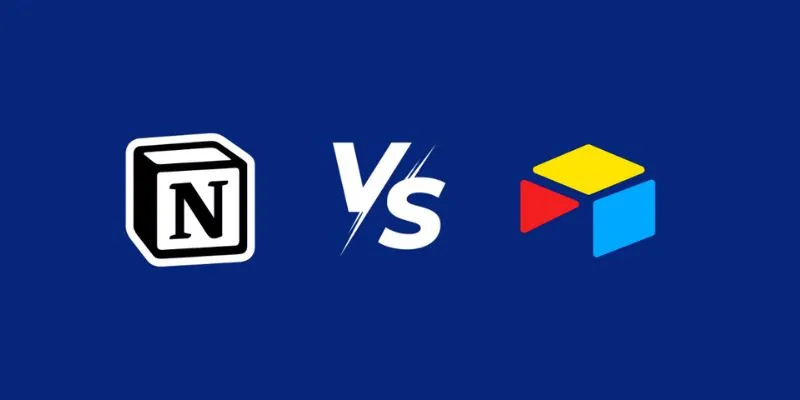
Airtable vs. Notion: Which App Should You Choose for Your Workflow
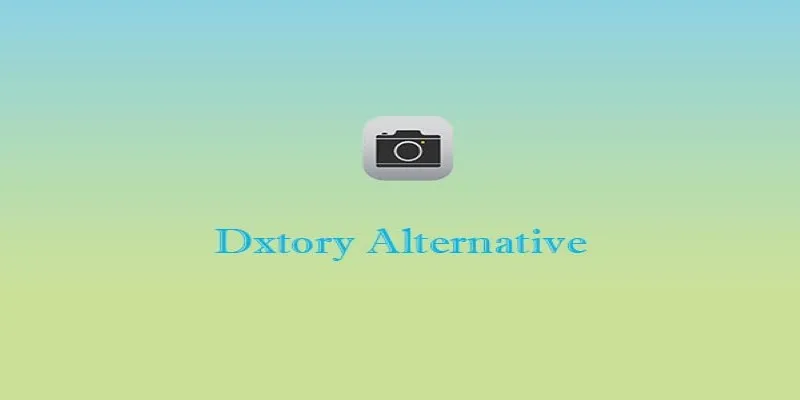
 mww2
mww2